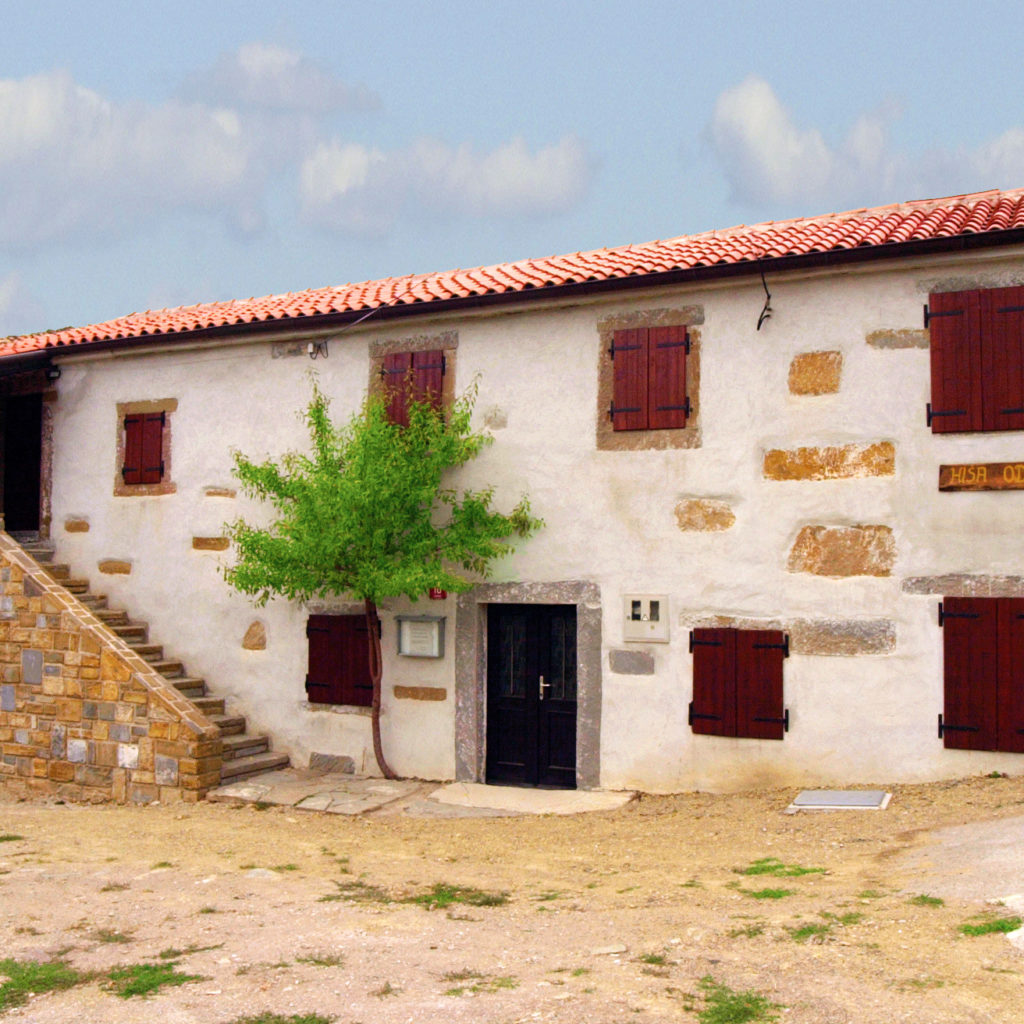The village is divided into three parts: Dolenjci, Grahi and Gorenjci. The houses face towards the west and are protected against strong winds.
The name of the village is supposed to arise from the appearance of the original houses, which reminded of sheds. Today’s appearance of the houses is, of course, different. An example of the above is the Bardinc House from 1861, which serves today as an exhibition place for museum collections. This is a typical Istrian homestead with a stone courtyard, pergola, outdoor staircase and outbuildings. The house features a “black” kitchen and wine cellar with a press. Based on discovered thresher from 1803, the house is presumed to be older.
The village Church of St Rufus with a cemetery was built in the first half of the 19th century. The chapel in the middle of the village was built around 1900.
The village of Lopar was an important place during the Second World War – it was a Partisan centre. On 15 October 1944, the Partisan Naval Unit was established. You can visit a permanent exhibition that presents these events at the premises of the cultural home.

Lopar
The village with a view of the sea lies in the Šavrin Hills and is surrounded by two streams.

